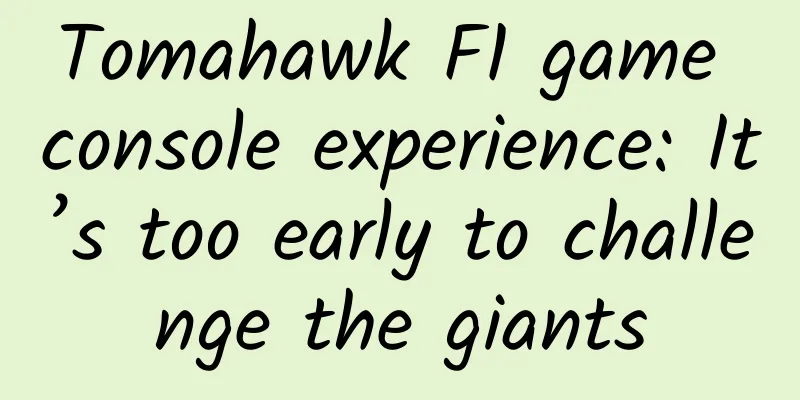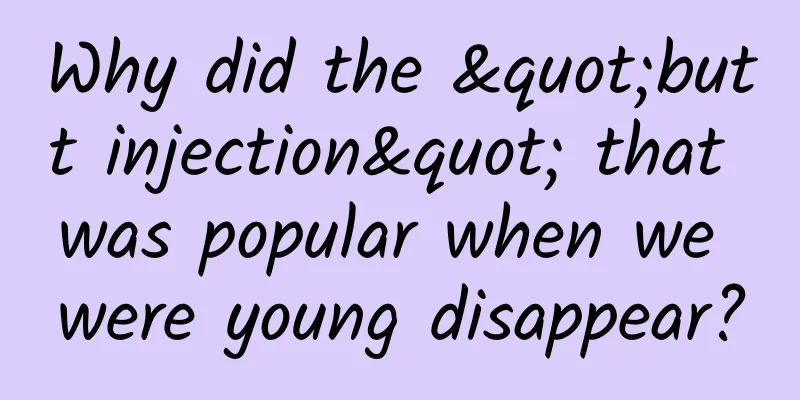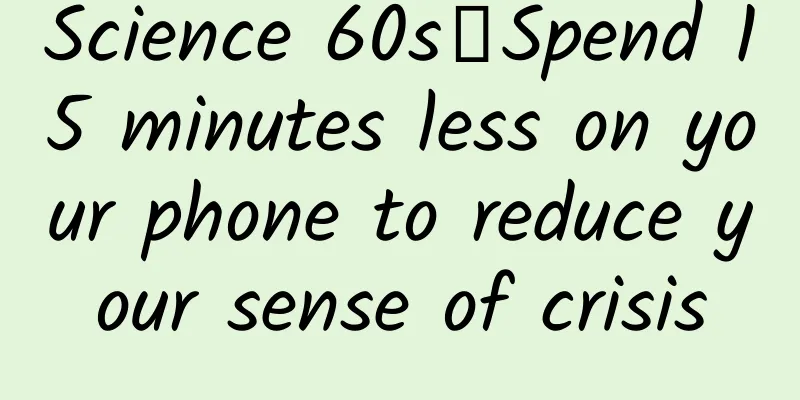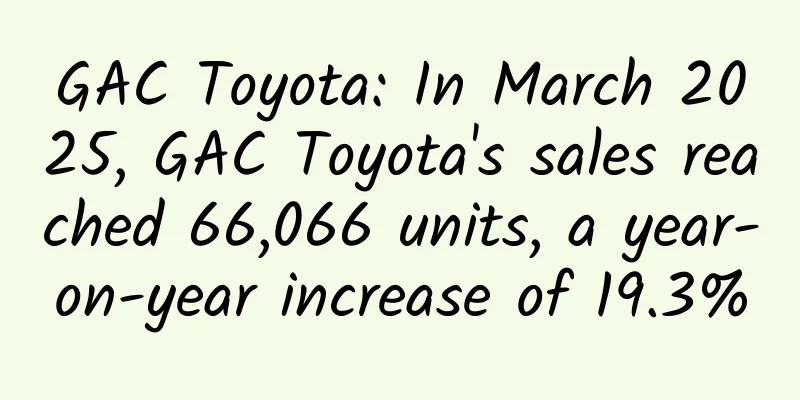APICloud CEO Liu Xin: Let’s talk about the future of Web App and Native App
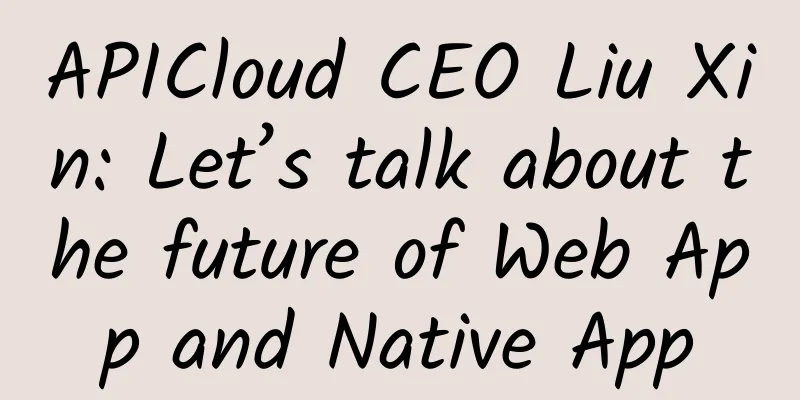
|
Author APICloud Liu Xin's previous article "Has HTML5 been finalized? The farce is still behind it" points of view: Although HTML5 is just a technical standard, the Web industry has placed a heavy ideal on it - to subvert the native application ecosystem. H5's Tragic 500 Days In 2012, the popularity of HTML5 spread to China, and the industry started a big debate: "Who will survive in 3 or 5 years, Web App or Native App?". But unexpectedly, when the topic of HTML5 was the hottest in China, bad news came from Europe and the United States. Many big HTML5 advocates turned against it: Facebook admitted the mistakes of HTML5 mobile strategy, Apple App Store refused to serve as a distribution channel for packaged Web Apps, etc. Soon, the pioneers of Web App and HTML5 in China stopped their efforts, and the few HTML5 startups that were favored by VCs at that time were forced to transform or even disband in 2013. It was not until 500 days later in 2014 that a cat that once again provoked HTML5 "nerves" appeared and broke this pessimistic trend. Business logic and user needs are reversed 2013 was the worst year for HTML5 in China, but until now few people have reflected on the root cause of this bad situation. The prevalence of the "experience economy" has made "user experience first" an iron rule for Internet companies. All walks of life also talk about user experience, but in the minds of HTML5 practitioners, user experience is deliberately ignored and even becomes "some kind of excuse." Generally speaking, the needs of "users" are placed in a specific "business" logic, and then a specific "technology" is selected to implement it, that is, from User Business Tech. That is to say, technology is the underlying foundation, business logic is implemented based on technology, and user needs are met by technology after being packaged by business logic. In the case of HTML5, technical logic has become the priority, and the business needs of ambitious people are met under the guise of user needs. These pretenses and lies can be summarized into the following four aspects, and we can give today's answers: Lie 1: When users want to use a Native App, they have to search in the App Store, which is a cumbersome and unfriendly process. Answer: If users are unwilling to search in the App Store, can they still expect to search for Web Apps in their mobile browsers like they do on PCs? Mobile browsers are important, but they can no longer compete with desktop portals in the iOS and Android ecosystems. Lie 2: Native apps are updated frequently and users are annoyed by updates Answer: The App update process has been fully optimized by the App Store and many mobile assistants, and users have developed a habit of using it. In addition, the update of Native Apps represents a better user experience and the addition of more new system functions, which continuously improves the user experience. As for the "weak functions" and "weak experience" attributes of Web Apps, it is difficult to gain the favor of users by relying on the so-called advantage of not requiring manual updates. Lie 3: Downloading and updating Native Apps consumes data traffic, which affects user usage Answer: Traffic is no longer a priority for users in today's network environment. The popularity of Wi-Fi has even given new life to large-scale games and video apps. It is common for high-quality Native apps to start at a minimum of 10 megabytes and go up to several hundred megabytes. In addition, based on actual evaluation results, repeated use of Web Wpp in mobile browsers does not really reduce user traffic usage. Lie 4: Users are unwilling to download too many Native Apps Answer: Do users really not want to download too many apps? How many apps are installed on a user's phone now? For apps that need to be used repeatedly (even if they only need to be used repeatedly in the short term), users will choose to download Native Apps without hesitation. Although there are indeed a lot of scenarios where users open their mobile browsers and search on Baidu Mobile and then visit Mobile Web, these are just passing traffic and low-stickiness demands. If Web Apps can only embrace this kind of low-quality user demand, then I have nothing to say. At present, the deep and sticky user demands still need to be met by Native Apps. It can be seen that the so-called "user-oriented" opportunities of HTML5 and Web App supporters are all excuses for breaking away from the control of iOS and Android ecosystems and returning to the free traffic model of the PC Web era. At least in the current cloud-based ecosystem, Native Apps represent more mature usage habits and better user experience than Web Apps. There is no need to use a business logic to hijack HTML5 technology and user needs. If we further analyze Zuckerberg's words "Our biggest mistake was to bet too much on HTML5", then the real lesson should be "We cannot put the ambition for HTML5's business logic above user needs and the market environment." Where is HTML5 going next? I have never doubted that HTML5, as a cross-platform development standard, will play a greater role as time goes by. So how should we deal with it when we abandon the business logic and want to use HTML5 and Web Apps simply as technologies? I remember when Web2.0 was emerging in China's Internet around 2004, Xie Wen, as a leading figure, once classified the Internet into two types of people: those who "do the Internet" and those who "use the Internet." The so-called Internet doers treat the Internet itself as a business, while those who use the Internet treat the Internet as a channel. By the same analogy, HTML5 practitioners can also be divided into those who "do HTML5" and those who "use HTML5." People who "do HTML5": This includes HTML5 tool and platform manufacturers, game manufacturers, Web App developers and channel providers (such as WeChat and mobile browsers) People who "use HTML5" are those who own other businesses and use HTML5 technology and Web App to showcase their own businesses. They regard WeChat, mobile browsers, etc. as one of many traffic entrances. For those who are "doing HTML5" and betting on the ecosystem, the next step is still full of unknowns and hardships, because there will be no major opportunities in the iOS and Android ecosystems in the short term, and it may take a long time to welcome the dawn. Even if WeChat has become a good channel for Web Apps, the overall environment still lacks a wider range of high-quality Web App channel providers (at least mobile browsers and search portals have lost in the first round of competition), and it is a challenge to how big a business can be made by competing with the tiger. For those who "use HTML5", the choice is very simple. The Internet is a traffic business, and it is a smart choice to deploy on different traffic entrances. If there is enough budget, then Native App, Web App, WeChat public account and even Baidu's Light App can be covered to maximize traffic, which is also a common practice of many Internet companies with resources. Because from the perspective of "use", there is no need to expand the gambling element like the group of "doing HTML5". Of course, if the budget is not enough, WeChat or Native App is a more feasible solution from a realistic perspective, because these are two mature ecosystems with high commercial value. Web App and Native App from a technical perspective Tian Aina, the head of HTML5 DreamWorks, once said: "It is meaningless to compare HTML5 with native or Flash", with the subtext that "HTML5 is just a technology, don't let it be kidnapped by business logic". Next, let's compare Web App and Native App from three technical perspectives: Page layout: HTML5 combined with CSS3 and Canvas does have efficiency and cost advantages in cross-platform interface layout and display. In contrast, the development technology of Native App is very different in terms of development time, personnel requirements and overall cost. However, for a (Web/Native) App that can fully meet user needs, in addition to interface layout, there are two more important technical requirements. One is the terminal device's own capability API call, namely the end API, and the other is the call of many cloud capability APIs, namely the cloud API. So can these two aspects of HTML5 technology meet the needs of the market and users? End API: HTML5 standard itself is equipped with Device API, but unfortunately, the development of terminals and operating systems can no longer be described as rapid, and various new capabilities emerge in an endless stream. Slowly updated and backward standards are completely unable to adapt to the development of terminals to provide the latest end API, so it can be said that HTML5 has a great disadvantage in the field of end API. If HTML5 is simply limited to meeting user needs in some display fields, it may be necessary to correct the market's overly high expectations of the scope of HTML5 applications. Cloud API: "Cloud architecture" has been identified as one of the clearest development trends of the Internet. Many services are provided in the form of cloud API, and a large number of cloud API service providers have emerged in various fields. Common ones include WeChat and Weibo sharing, Alipay mobile payment, cloud storage, etc. In addition, common App functions such as Rongyun IM instant messaging and Meiqia mobile customer service are provided to developers in the form of cloud API. In addition, many APPs also encapsulate their own services into APIs and embed them into another APP. For example, Uber cooperates with Starbucks in the form of cloud API to embed the taxi service into it to achieve service expansion and more traffic aggregation. Cloud API not only simplifies the development of APP but also enhances the capabilities of mobile APP. Among the many cloud APIs, almost most of them provide Native SDK and JS SDK at the same time to serve Native App and Web App at the same time. Therefore, in the field of cloud API, HTML5 technology still has many services that can be connected to choose from. However, in general, the JS version of the SDK is different from the Native SDK in terms of function and experience. For example, the SDK of Baidu Map Cloud Service API, users usually have a poor experience when using the JS version SDK embedded in the Web App to zoom in and out the map using gestures. The performance difference between HTML5 and Native technology still depends on the improvement of hardware and browser performance, but it should be resolved in a foreseeable time. Summarize From the perspective of technology and user needs, Web App and Native App are only suitable or not, there is no so-called "life and death" issue. People who "use HTML5" can get rid of the gambler's myth as long as they choose the technology that suits them according to their budget. The real test is left to those who "do HTML5". With the further popularization of HTML5 technology and the maturity of the supporting environment, the emergence of market opportunities and how to grasp them are the biggest variables. In this environment, "capital support, team building, and flexibility to act on demand" are the foundation for survival and growth. HTML5 is gradually becoming popular again, and the debate over the life and death of Web App and Native App has been discussed too much, and there is no need to do it again. As long as developers keep up with the changes in the "mobile application development ecosystem", they can always seize the opportunity to get the best returns. The following article will analyze "HTML5 Resurgence, How Will the Mobile Ecosystem Change?" |
<<: These processes of Apple cannot be copied
Recommend
Science and Technology Review: Thoughts on the process of automobile intelligence and its key technologies
With the rapid development of Internet technology...
If Tyrannosaurus Rex traveled to the modern era, would it still be the king of beasts? It might be difficult for it to survive.
There are probably few boys who don't like di...
The most comprehensive Baidu keyword mining method!
Method 1: Use Baidu products to mine long-tail ke...
The complete set of tricks to attract traffic to Douyin, pure practical stuff!
1. Let’s talk about Douyin’s recommendation mecha...
Live Product Pricing Guide
Before doing live streaming, let’s first understa...
South Korean batteries are unreliable, GM announces recall and halts production, losses exceed 10 billion
According to foreign media reports, General Motor...
These 4 overnight dishes are too dangerous, it is better to waste them than to eat them! They can damage the liver and kidneys and the intestines...
This article was reviewed by Pa Li Ze, chief phys...
Apple and Samsung are breaking up before the honeymoon period is over
As the two giants in the mobile phone camp, Apple...
Douyin promotion: Douyin traffic pool brings goods, and the business of Internet celebrities is really good
After becoming a super user traffic pool, it is n...
Advanced checklist for private domain operators
What is a private domain operator ? As the name s...
Eating black sesame paste = black sesame? If baldness strikes suddenly, how should we deal with it?
Young people nowadays generally have "hair a...
One article to understand brand overseas marketing
When the growth rate of domestic traffic and demo...
How to improve SMS ROI? I have 6 thoughts!
Every time there is a big sale, major online stor...
What are the functions of WeChat mini program of Guangzhou milk tea shop? How to set up WeChat mini program of Guangzhou milk tea shop?
After the Qingming Festival, the temperature bega...
Android source code, high imitation ink weather guide interface
Source code introduction: High imitation Moji wea...
